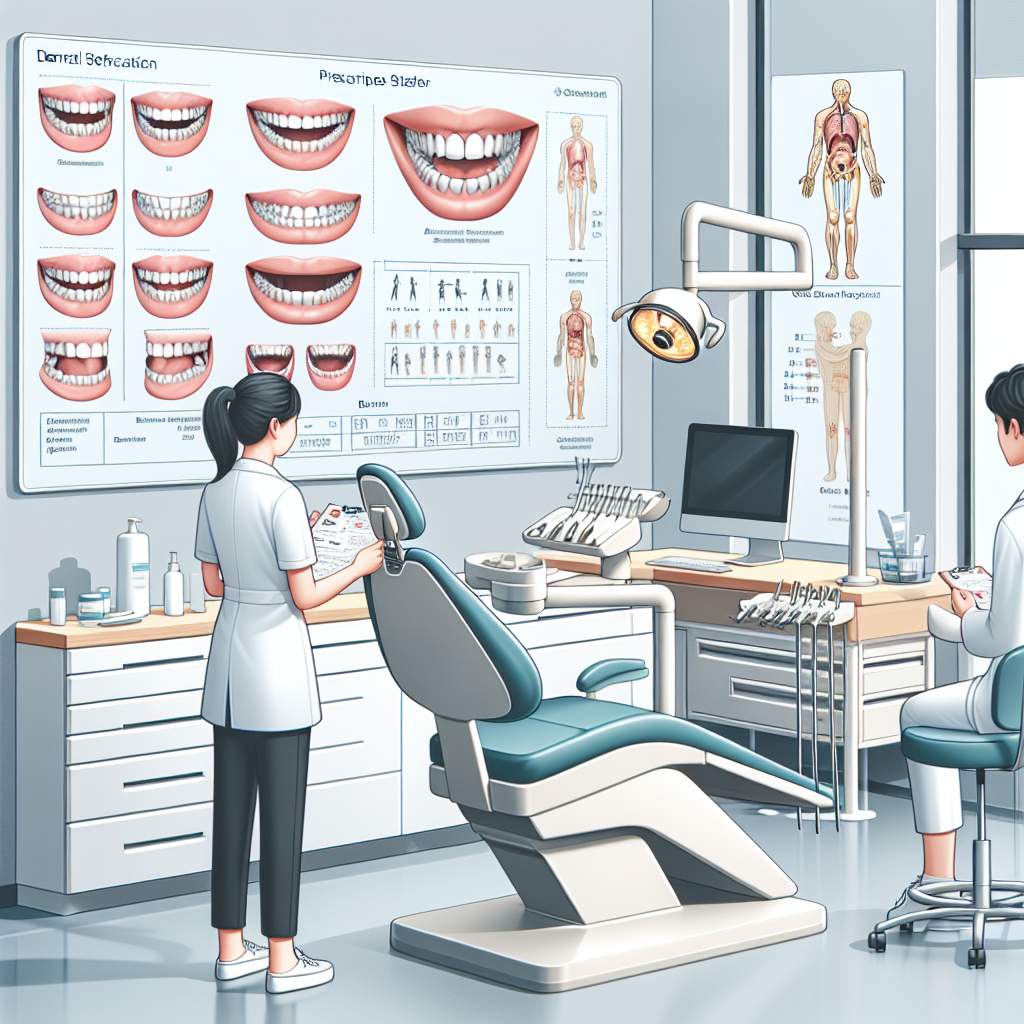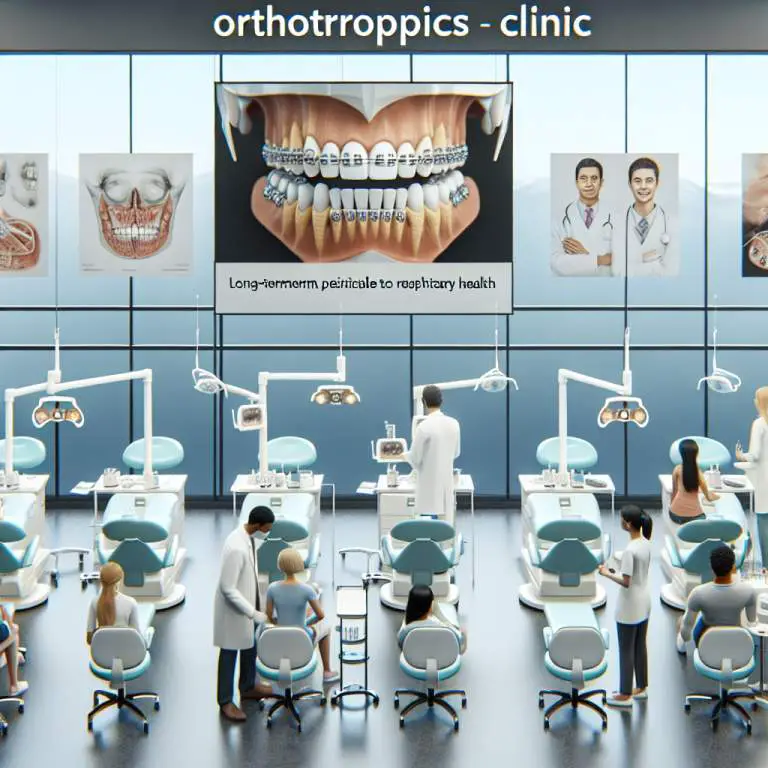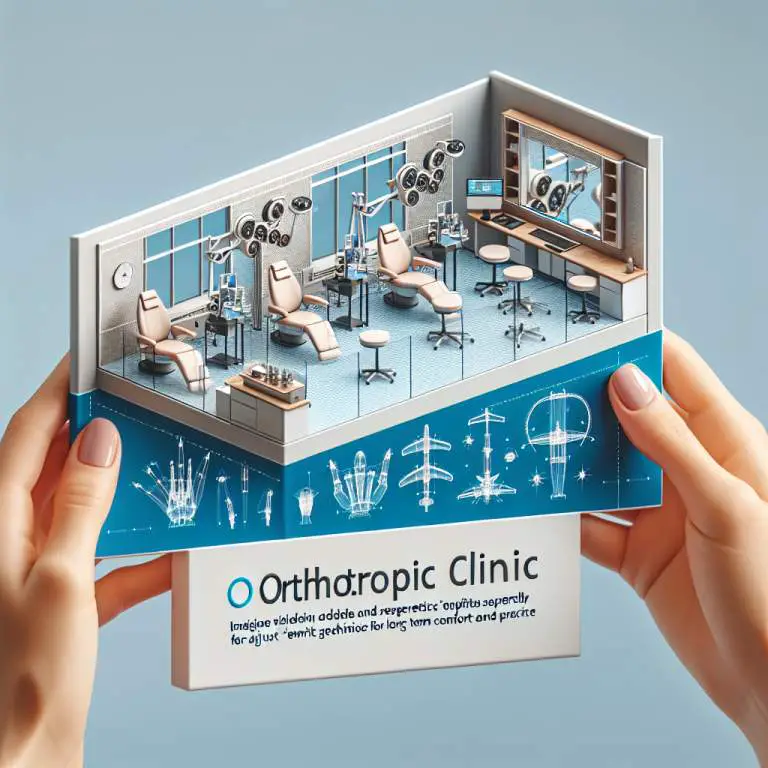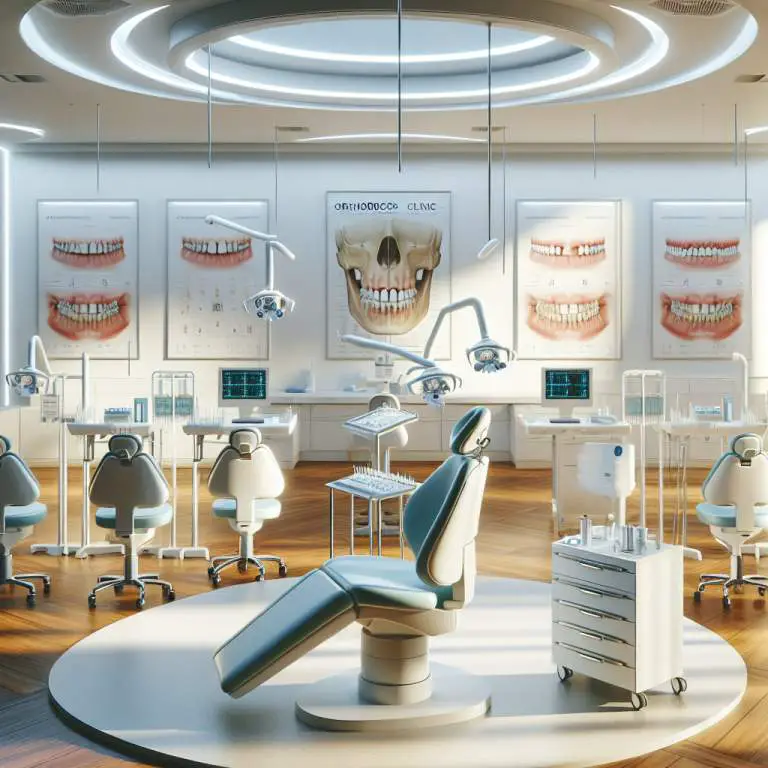What are the long-term effects of mewing on the neck and shoulder posture?
Practicing mewing over a long period can lead to improvements in neck and shoulder posture. By correctly positioning the tongue against the roof of the mouth, it encourages better alignment of the head over the body, which can reduce strain on the neck and shoulders. This improved posture can decrease discomfort and enhance overall physical appearance.

How Does Mewing Influence Neck and Shoulder Posture Initially?
Mewing is a technique that involves positioning your tongue against the roof of your mouth. This simple action can have a big impact on the way you hold your head and shoulders. When you start mewing, it might feel a bit strange at first, but it’s all about getting used to a new way of holding your tongue.
This new tongue position can help align your head better over your body. Because of this, you might notice that your neck and shoulders start to straighten up without you having to think about it too much. It’s like when you stand tall and pull your shoulders back; mewing encourages a similar kind of alignment but does so in a more subtle way.
What Are the Mechanisms Behind Mewing’s Impact on Posture?
The magic behind mewing lies in its ability to influence the muscles around your jaw, neck, and even down to your shoulders. By placing your tongue on the roof of your mouth, you’re engaging muscles that often don’t get much attention during everyday activities. This engagement can lead to stronger muscles over time.
Stronger muscles in these areas mean they are better able to support good posture. Think of it as building a strong foundation for a house; if the foundation is solid, everything else stands up straighter and more securely. That’s what mewing aims to do for your neck and shoulder posture by strengthening those foundational muscles.
Can Mewing Correct Poor Neck and Shoulder Alignment?
If you’ve been struggling with slouching or poor posture, mewing might offer some benefits. Since it works by encouraging better muscle strength and alignment from the jaw down, consistent practice could lead to noticeable improvements in how you carry yourself. However, it’s not an overnight fix.
For those with minor posture issues related to weak muscles or bad habits, incorporating mewing into daily routines could be helpful. But remember, if there are underlying medical conditions causing poor posture, it’s important to consult with a healthcare professional for tailored advice and treatment options beyond just mewing practices.
What Are the Potential Risks of Incorrect Mewing Techniques on Posture?
While mewing can be beneficial when done correctly, doing it wrong might actually do more harm than good. If you’re pushing too hard with your tongue or using incorrect posture while trying to mew, you could end up straining muscles instead of strengthening them.
This strain can lead to discomfort or even pain in the neck and shoulders over time. It’s crucial to learn proper technique before diving into mewing practices fully. Watching tutorials from reputable sources or consulting with professionals who understand facial structure can help avoid these potential pitfalls.
| Aspect | Short-Term Effects | Long-Term Effects |
|---|---|---|
| Mewing Practice | Initial discomfort in jaw and neck muscles due to unfamiliar positioning. | Potential improvement in jawline definition and facial structure alignment. |
| Neck Alignment | Slight strain or tension as muscles adapt to new posture. | Improved neck posture, potentially reducing forward head posture. |
| Shoulder Alignment | Minimal immediate effect, possible slight discomfort from maintaining corrected posture. | Better shoulder alignment and reduced rounding, contributing to an overall improved posture. |
| Muscle Adaptation | Muscles may initially resist change, leading to soreness. | Strengthened and more balanced muscle groups supporting the neck and shoulders. |
| Breathing Patterns | Enhanced diaphragmatic breathing, potentially improving oxygen intake and relaxation of neck muscles. |
How Long Does It Take to See Changes in Posture from Mewing?
The time it takes to see changes in posture from mewing can vary widely among individuals. Some people may notice improvements within a few months, while others might need a year or more. The key factor is consistency in practicing mewing correctly.
It’s important to remember that mewing is not a quick fix. It requires patience and dedication. Over time, the muscles of the jaw and face adapt, which can lead to subtle changes in posture. However, these changes are gradual and depend on several factors including the individual’s age and the initial state of their posture.
Are There Any Scientific Studies Supporting the Postural Benefits of Mewing?
Currently, there is limited scientific research directly linking mewing to improved posture. Most evidence supporting the benefits of mewing comes from anecdotal reports and theoretical discussions within the orthodontic community.
However, some related studies suggest that proper tongue posture can have an impact on overall body alignment. These studies focus on the relationship between oral posture and breathing patterns, craniofacial development, and neck alignment. More research is needed to conclusively determine the effects of mewing on posture.
What Additional Exercises or Practices Complement Mewing for Improving Posture?
In addition to mewing, incorporating exercises that strengthen the neck, shoulders, and back can further improve posture. Activities such as yoga or Pilates are beneficial because they focus on core strength, flexibility, and proper alignment.
Practicing good sitting and standing habits also complements the effects of mewing on posture. Ensuring that you maintain a straight back with shoulders relaxed but aligned over your hips helps reinforce the postural benefits gained from consistent mewing practice.
Final Thoughts
Mewing can be part of a broader approach to improving posture over time. While immediate results should not be expected, consistent practice combined with complementary exercises can lead to noticeable improvements.
As with any physical practice aimed at improving health or appearance, it’s crucial to approach mewing with realistic expectations and patience. Consulting with healthcare professionals like orthodontists or physical therapists can also provide guidance tailored to individual needs.






